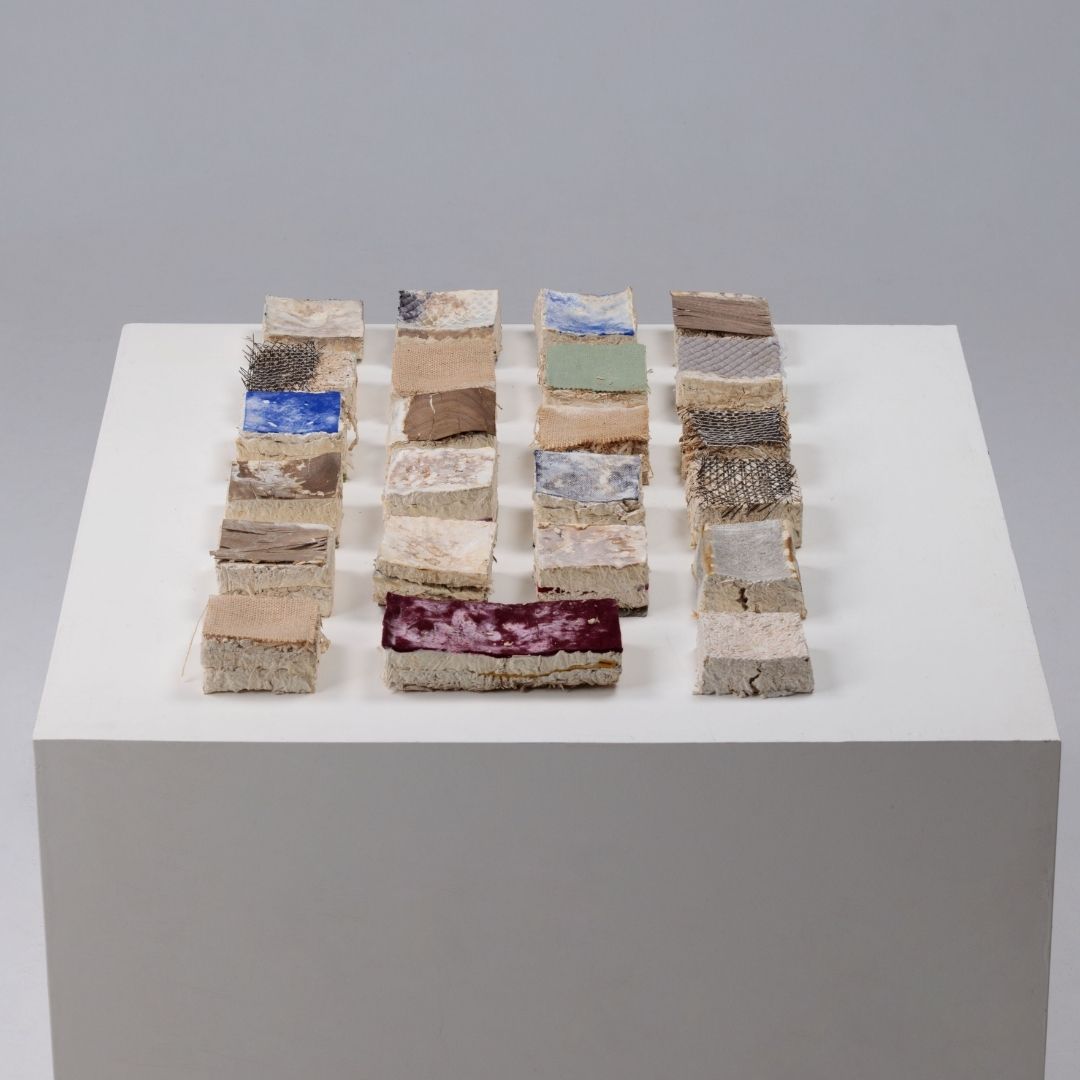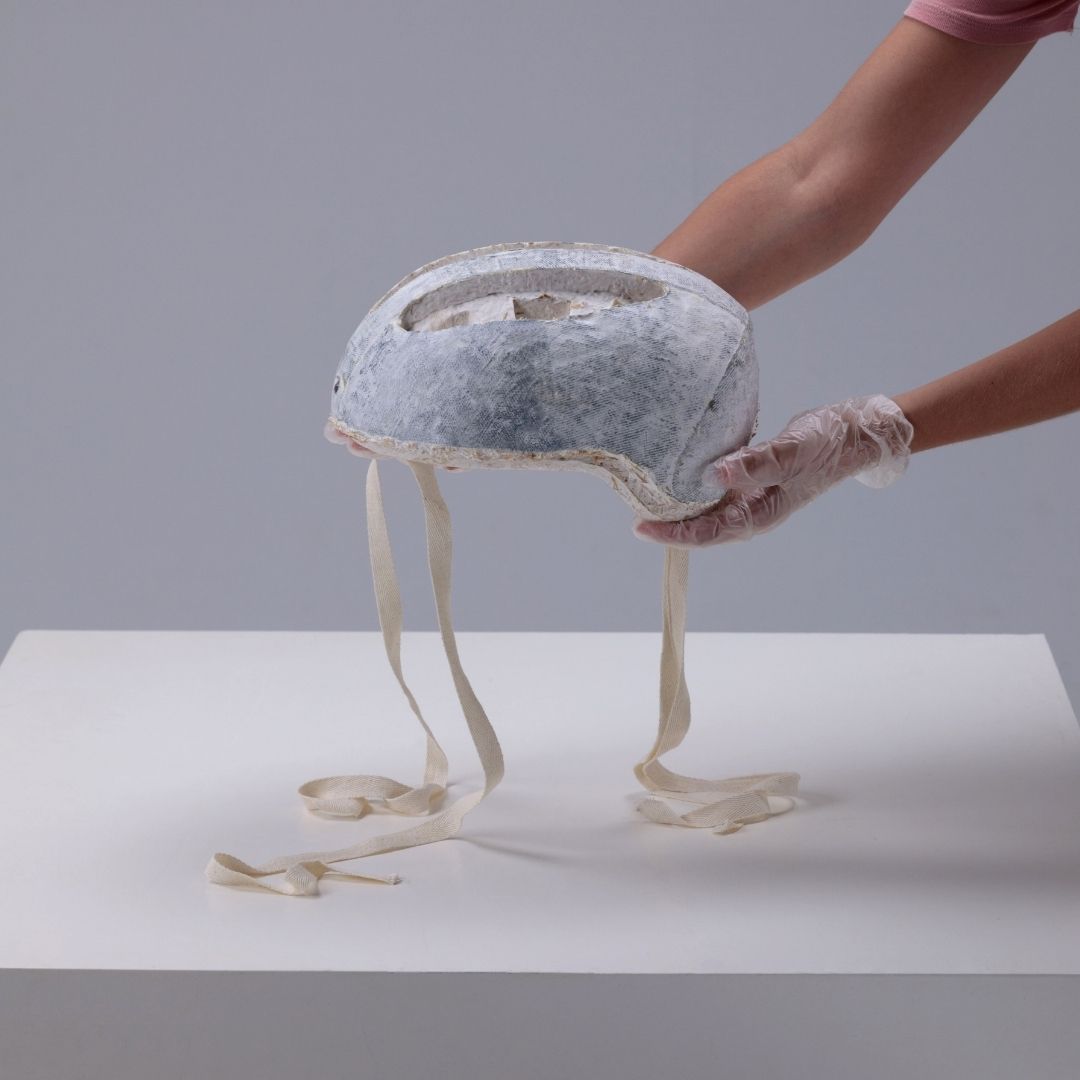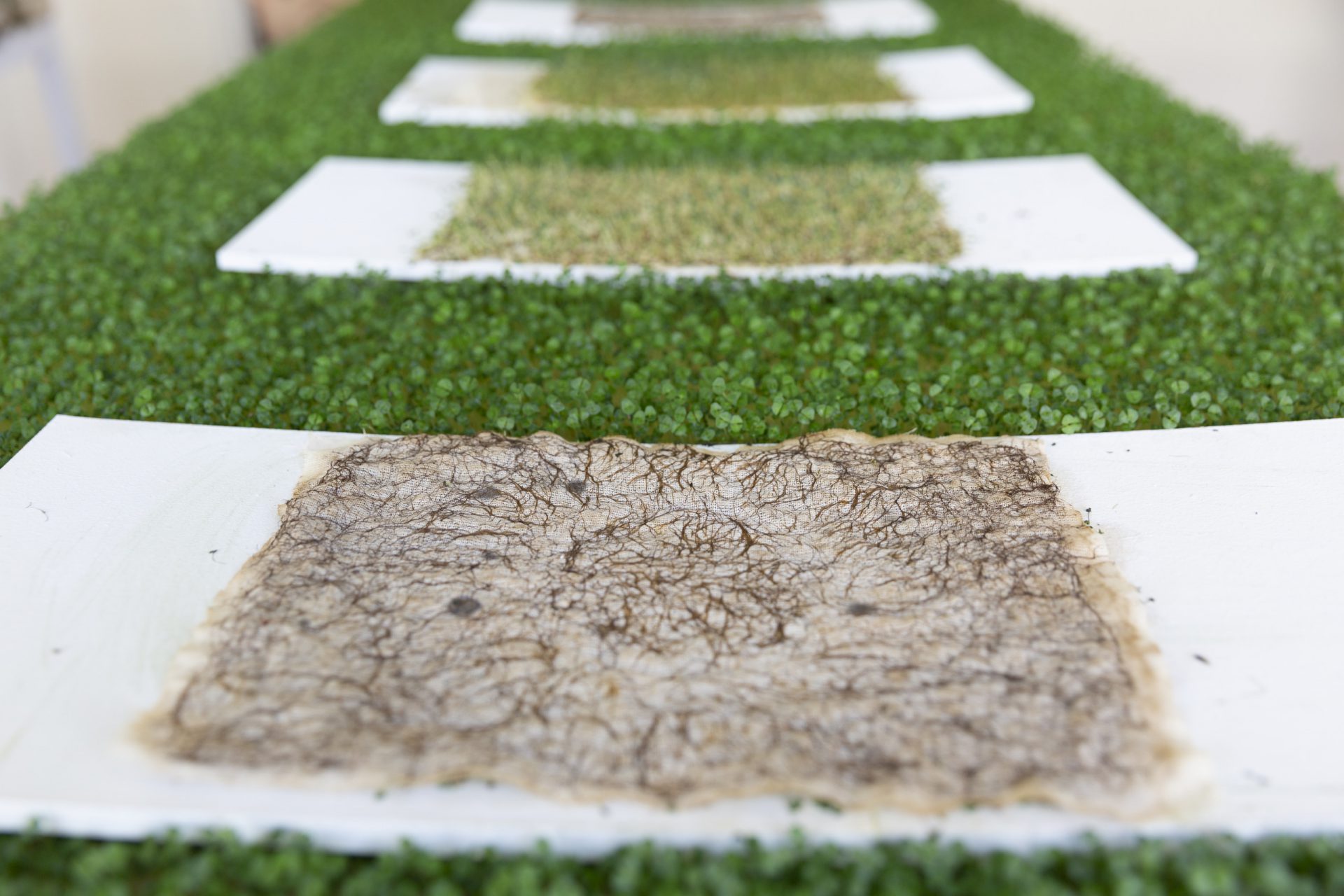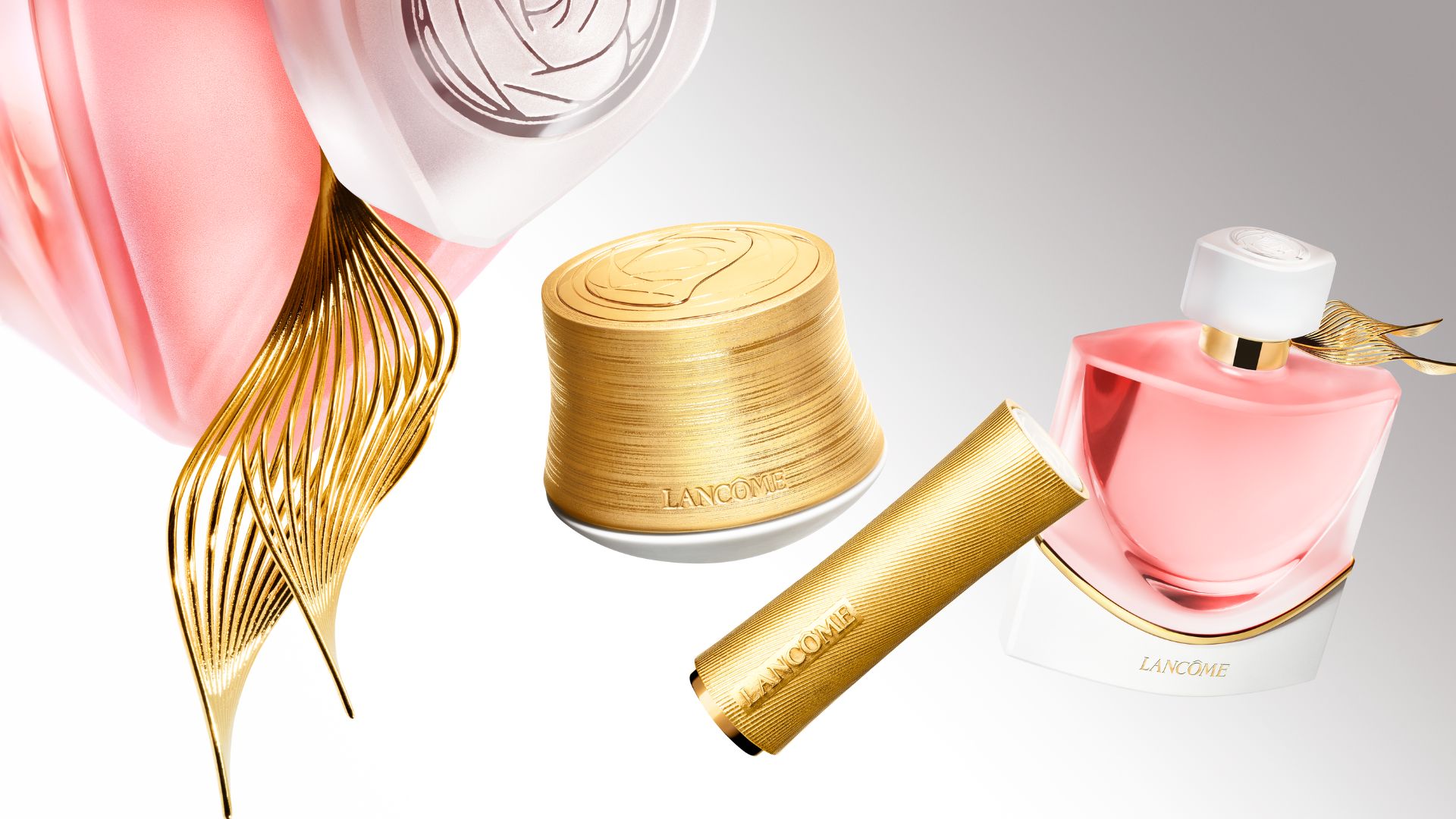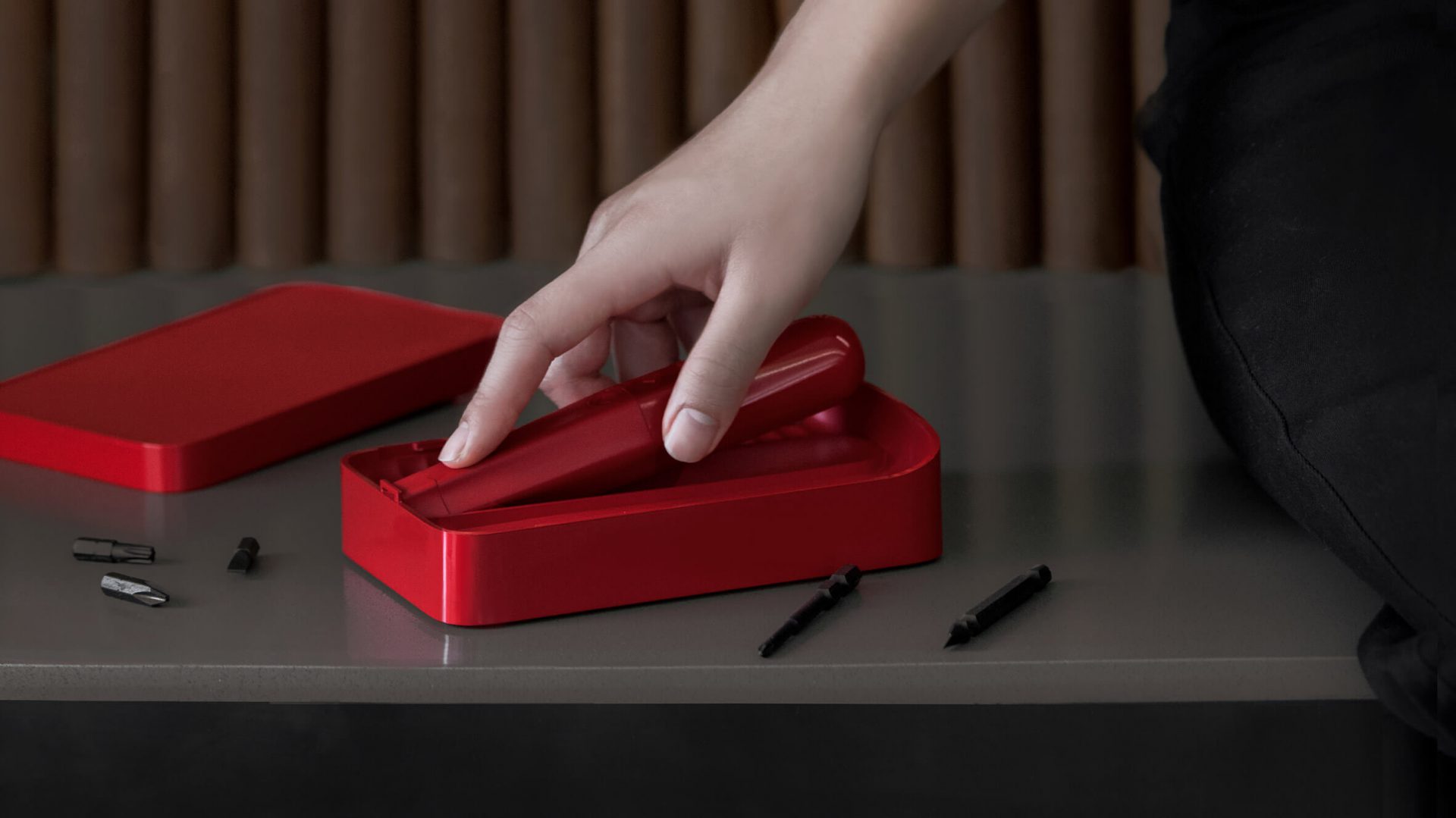Protecting heads and the planet with this extraordinary product
Taking big steps towards a bio-manufactured bicycle helmet – StudioMOM sustainably crafts MyHelmet.
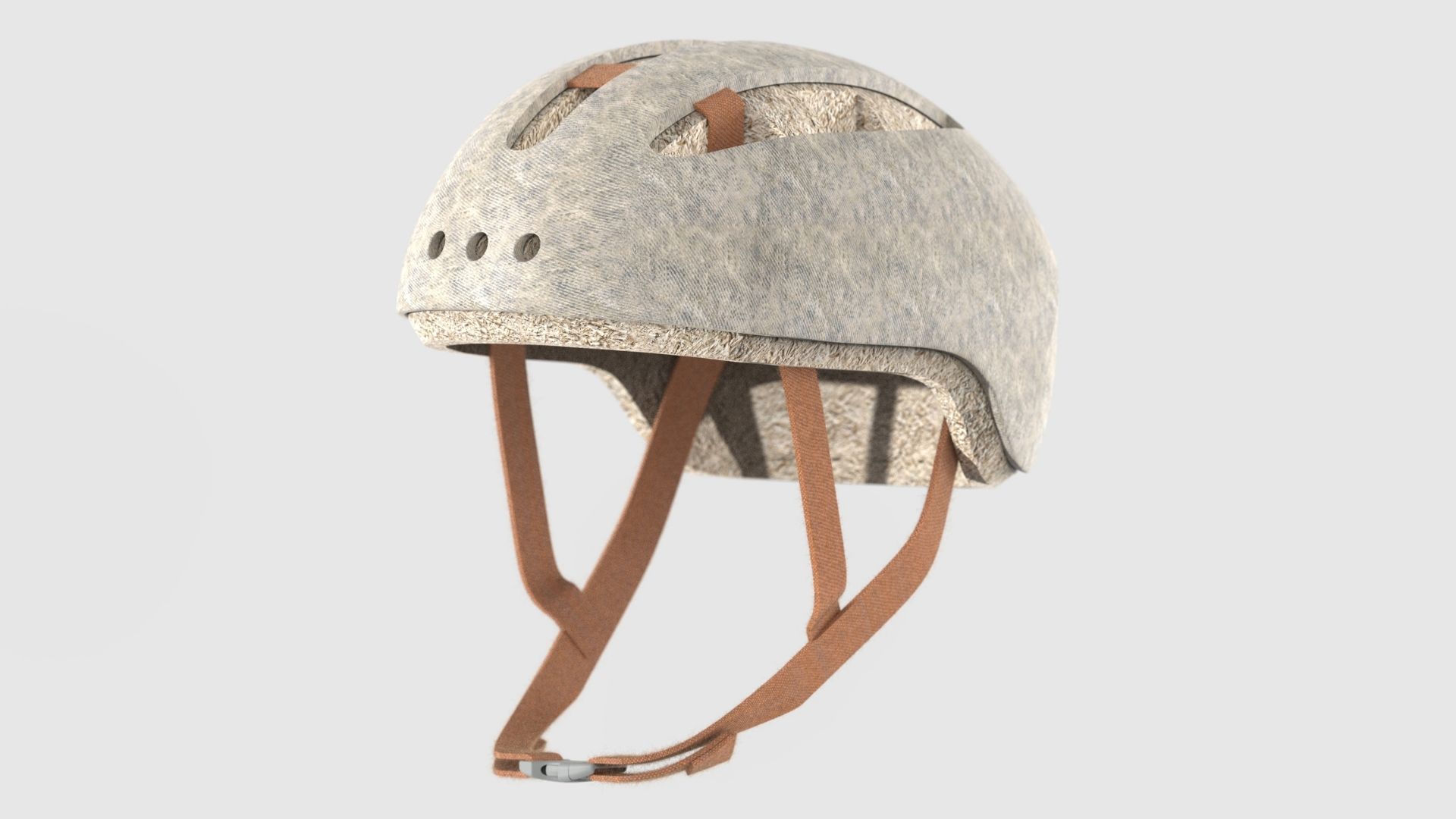
Safe for your head, sustainable and good for the environment, Arnhem-based StudioMOM turns a normal bicycle helmet into an innovative game changer – ‘MyHelmet’.
“For safety reasons, one needs to replace a bicycle helmet every 3 years.
This creates a waste stream of a hard-to-recycle, glued-together mixture of foam and plastic – we at StudioMOM want to make mobility more sustainable” says Mars Holwerda, Founder StudioMOM.

Fitting in with principles of the circular economy, this conceptual organic object – doesn’t require any fossil raw materials, there are minimal CO2 emissions and the end result is 100% biodegradable.
Experimenting with bio-manufacturing, it brilliantly replaces EPS with hemp flakes and mycelium – the root network of a fungus.
Briefly heating this mixture stops the growth process, resulting in a material with properties similar to EPS – a harmful foam in conventional bicycle helmets.
Skillfully finding the perfect composition, this one-of-a-kind product – makes use of the growing power and network structure of mycelium.

The different layers in the design not only creates additional cross-links in the material, but also space for airflow to cool the head.
Additionally for the strap and outer shell, hemp textile was used – a biodegradable material to which mycelium attaches itself – with a woven structure that further gives the helmet extra strength.
With the different parts growing together firmly – the strap is fixed during the growth process and thereby connects to the other sections at the correct position.
“This production process with mycelium is very different from that with EPS. Therefore, we combined existing techniques to produce the helmet” Holwerda adds.
